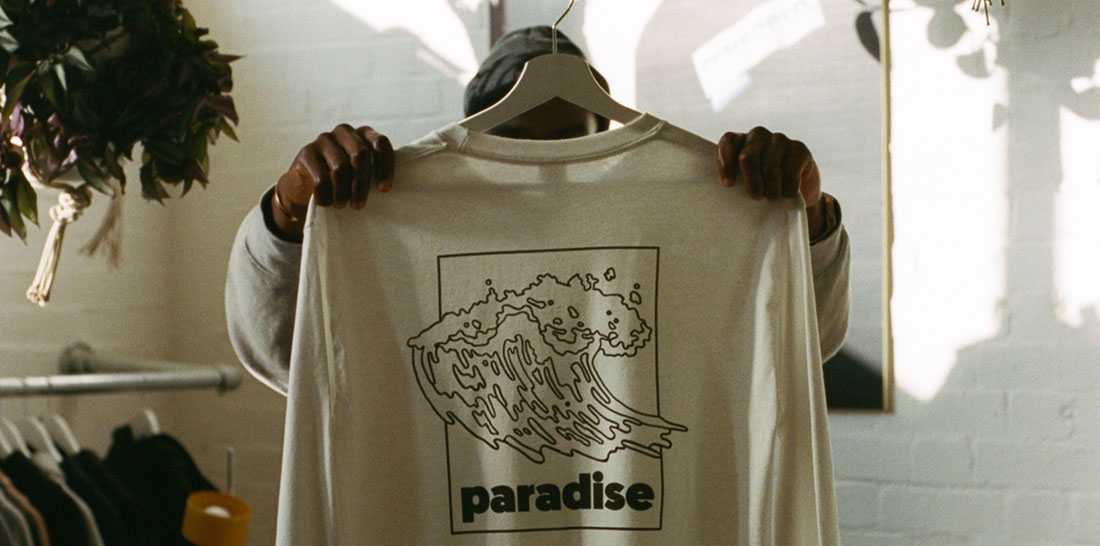
Before you’ve run a campaign, and especially if you’ve never sold merchandise before, it can be hard to know what to expect in terms of potential sales. But it can be helpful to be clear before you launch about how many sales constitutes a ‘pass mark’, and to know if this is realistic or not. With that in mind, we’ve put together a set of insights, benchmarks and goals to keep in mind as you press play.
Size Matters
Having watched closely as over 4,000 campaigns made it to print in 2018 alone, we can confirm that there is no secret formula to success, and that success can look very different to different people. Smaller designers and brands are often rightly chuffed to sell 10-20 T-shirts and up, while the expectations rightly expand as does the size of a seller’s community and reach.
Average T-shirts Sold
The average number of T-shirts sold across our community last year was 20 per campaign. This is by no means an absolute figure; we saw big dips on either side of that number, and these all tended to be impacted by factors like quality of promo, audience size, and reach. What was clearly underscored by the better performing campaigns was the value of taking the time to really nail the promo side of things, and in creating a design that resonates with your community.
We also saw discrepancies in sales across our different sectors. Social influencers tend to sell more say than musicians, but again this is often because of the size of your network and your skill and commitment in really putting your designs out there.
Your Campaign Isn’t Measured on Sales Alone
It can be tempting to write a campaign off as a failure based on sales figures alone. After all, the number of units sold is a quick, quantifiable way of summarising how things went and besides, isn’t the point of a campaign to sell as many T-shirts as possible?
While there’s some logic to this, and it’s great to be aware of the figures, we’d advise seeing your campaign as a multifaceted endeavour rather than a sales game, with a whole range of different outcomes that might not be immediately apparent.
1. Experience Gained
Firstly, it’s really important not to be disheartened if your first campaign doesn’t go quite as well as you’d hoped. Even if you didn’t make the sales you thought you would, you’ve gained valuable experience that’ll help make your next campaign even better. Some of our best sellers have taken a couple of runs to really hit their stride, and we’ve got a full rundown on learning from mistakes here. When we interviewed illustrator Jor Ros he put it better than we can: “Remember, there’s a market for anything, so it’s just a matter of finding your voice. It might take a few tries but have fun with it.”
2. You Never Know Where Your Work Will Lead
We spoke to graphic artist, printmaker and designer Anthony Burrill recently, and he underlined the value of looking past the number of sales you make and focusing on the impact your tees will have too. “You never know where your work is going to lead,” he explained, “make 25 T-shirts but that might turn into something else. Somebody else might spot it. That’s how things grow organically. You keep putting interesting work out there and it will reach new people, it’s amazing.”
3. Brand Identity
The lifestyle brand Copson started out as a run of T-shirts, and its founder Maria Falbo told us that this helped the brand really carve out its own niche, now, as she put it, “We make tees that are merch but they’re part of something bigger.” If you’re hoping to develop your own brand, T-shirts will help establish a visual identity and you can start mapping out what the market is like for your designs. Plus the pre-order model lets you explore this without having to apply the markup that selling in a physical store entails.
4. Expanding Your Audience
Something that stood out when we spoke to the artist and designer Amber Vittoria about why she makes her own custom T-shirts, is that they’re another medium you can use to showcase your art. Because they flip traditional formats, allowing supporters to buy, wear and share your work easily, T-shirts bring your work to new audiences too. “In a weird way, my T-shirts are like an ad for my work,” as she expanded. “People will ask the person wearing it, ‘Who made that shirt?’ and they’ll give my name and Instagram.”
Looking to improve on your second campaign? We’ve prepared a guide on gearing up to tackle your next launch.


